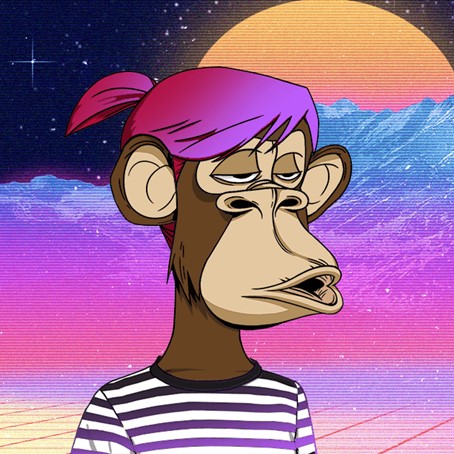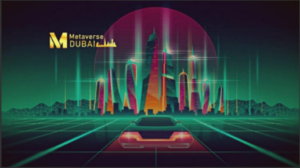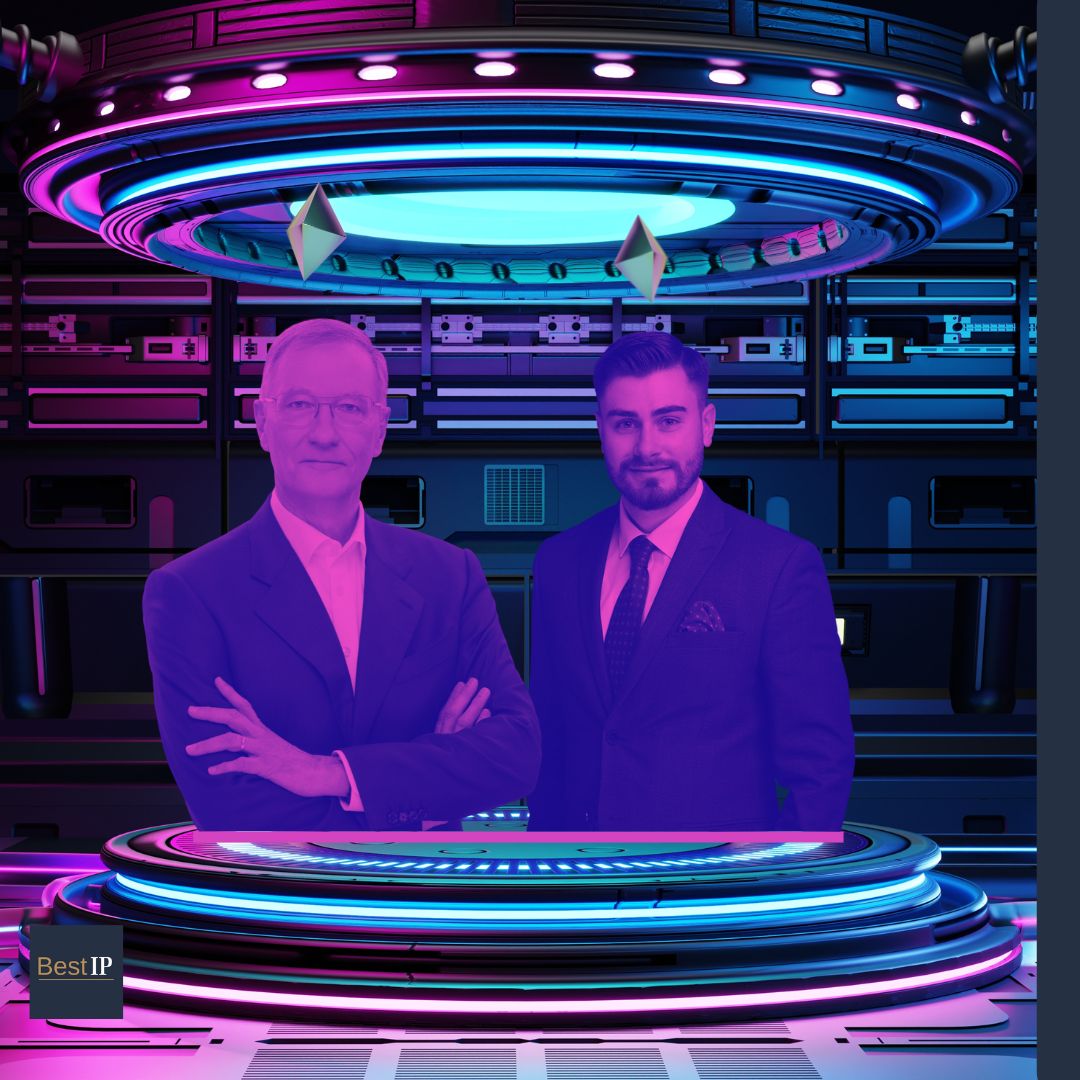The rapid development of information technology constantly poses new challenges for the protection of Intellectual Property rights. After the blockchain and crypto assets, non-fungible tokens (“NFTs” for short) and the Metaverse are moving further into the focus of the business world and, thus, become increasingly subject to legal discourse. In trademark law, there are primarily questions regarding the protection of virtual goods and services (hereinafter “g/s“) as well as new challenges regarding the monitoring of trademarks and rights enforcement.
1. In a nutshell
Amongst the national offices, there currently seems to be a trend that virtual goods and NFTs must in future be protected as digital content or images in class 9 and virtual services in classes 35 – 45 of the Nice Classification, in order to provide protection from unauthorized for virtual g/s by third parties. However, questions remain regarding the specific wording of the list of goods in class 9 which may well remain unanswered in some jurisdictions for quite some time.
Furthermore, new problems arise regarding the monitoring of trademarks and rights enforcement in the virtual world of the Metaverse, which exists almost entirely outside of current protection, monitoring and enforcement mechanisms. As only recently the first service providers started offering monitoring services for blockchain domains and as there is currently no (international) dispute resolution procedure comparable to ICANN’s Uniform Dispute Resolution Policy for domain disputes, infringement reports to platform providers are currently the only option available.
2. What are NFTs? What is the Metaverse?
The decentralized blockchain concept presented with the Bitcoin blockchain in 2008 enriched the system of electronic payment transactions with so-called crypto assets, as is well known. However, the decentralized blockchain is suitable for much more than just common crypto assets: in general, it describes an autonomous peer-to-peer network for the automated time stamping and verification of transactions without requiring the involvement of a central monitoring body (comp. Nitish Srivastava, “What Is Blockchain Technology, And How Does It Work”, published on www.blockchain-council.org on 5 September 2022). The Bitcoin blockchain was followed by other blockchain technologies (e.g., the Ethereum blockchain in 2015) which fueled the development of NFTs.

NFTs are also digital assets that are – in contrast to common crypto assets –non-fungible, meaning that they are not exchangeable in small fractions (e.g., 0.01 Bitcoin) and may, therefore, only be transferred in their entirety. NFTs established themselves on the market as digital works of art. Like common crypto assets, they are characterized by an unpredictable and sometimes absurd value development. In this regard, the “Bored Ape Yacht Club”, whose artworks have been traded for several hundred thousand US dollars, is a good example. Currently, almost all branches of industry are dealing with NFTs. For instance, in the fashion industry, unauthorized images of luxury handbags are being traded at prices similar to or even higher than the respective originals, the sporting goods manufacturers Adidas and Nike publish NFT collections of popular shoes and the fashion company Zara a collection of identical articles for the consumer and for its’ avatars in the virtual world. In the sports industry, due to the successful marketing of NFT collections by professional sports leagues in the USA, FIFA will present its’ own NFT platform in time for the 2022 Football World Cup.
Currently, the climax of this development is assumingly the Metaverse, which may be described as a virtual (parallel) world into which all content of the Internet can be integrated and whose virtual reality can be enhanced by use of modern technologies (e.g., augmented reality, virtual reality, data gloves, etc.) almost indefinitely. At its’ core, this virtual world also implements the technology of the decentralized blockchain. Assets in form of NFTs are exhibited and traded with crypto assets on Metaverse platforms (hereinafter “platforms“) or on online marketplaces and can be used on the platforms, for example by dressing an avatar with virtual fashion. The platforms are partly based on a wide variety of blockchains and usually have their own or even several crypto assets and offer a wide variety of assets in form of NFTs. For example, whilst the platforms Decentraland and Sandbox offer NFTs in form of virtual properties, the platform PK XD focuses on the adoption of a virtual pet.

In this virtual world, a new market for virtual g/s is currently emerging, apart from the virtual fashion goods mentioned above, for instance, for virtual drinks and virtual haircuts for avatars. But also, conventional g/s are advertised and marketed, e.g., automotives by an authorized Turkish Ford dealer. As every user is simultaneously a creator in the virtual world, this world’s limits are in principle only defined by the imagination of the users. Names and blockchain domains – which exist completely independently of the top-level domains managed by ICANN – can be registered or created with the platform provider for a fee. The registration then only applies to the provider’s specific platform. As a result, phenomena such as domain squatting are experiencing a second spring: Unauthorized third parties register well-known names with the platform operator and offer them to the rightful owner for a much higher price, as in the case of the name “Nike”, which is being offered for an immediate purchase price of around 450,000 US dollars on the relevant marketplaces.
3. Trademark law issues
While there is a consensus in the area of copyright law, that the rights of the author also cover the reproduction of works in form of NFTs (further details shall be subject of a later client information), there are still some ambiguities in the area of trademark law, in particular in regards to the protection of virtual g/s (3.1.) as well as the monitoring of trademarks and rights enforcement in the event of infringements in the virtual world (3.2.)
3.1. Protection of virtual g/s
Whilst the larger national trademark offices quickly reached the consensus, that virtual services may be classified according to the conventional principals in classes 35 – 45, provided that the list of services is formulated accordingly (e.g.,“providing virtual museum services via the internet”), it was long discussed, whether the protection for conventional goods should automatically extend to their virtual equivalent. For example, it was unclear for a longer time, whether the European Union trademark “NIKE AIR” with protection for, i.a., “Clothing, footwear, headgear;” in class 25 automatically covers the corresponding NFT sneaker collection.
Internationally, there seems to be now consensus that virtual goods and NFTs should generally be classified in class 9. Accordingly, the 12th edition of the Nice Classification, which will come into force on 1 January 2023, will be supplemented with the term “downloadable digital files authenticated by non-fungible tokes [NFTs]” in class 9. The clarification on the classification seems to have led to an increase of applications connected to NFTs and the Metaverse in China with over 200,000 applications y.t.d. in 2022 (as of 23 September 2022), whereas there were only 16,000 applications within the 1st quarter of 2022 (statistics as claimed by Joyce NG, in “IP offices grappling with Metaverse-related marks, with Chinese examiners rejecting up to 80{51d09f1bc9ebf3b4e76ef695cea992536bb709910071ef94ca68a7cf3055a341} of applications”, World Trademark Review of 23 September 2022).
However, there is still disagreement about the formulation of the list of goods in class 9. The World Intellectual Property Organization (WIPO) has already accepted, i.a., “Downloadable multimedia files containing artwork authenticated by non-fungible tokens [NFT]” and in some cases even the general term “Non-fungible tokens [NFT]”. As of yet, only the competent office in India (namely the Office of the Controller General for Patents, Design and Trademarks; CGPDTM) seems to fully agree to this; but also, the Canadian Intellectual Property Office (CIPO) currently accepts the general term “non-fungible tokens (NFTs) for use in authenticating ownership of digital files”.
Some of the other large national offices, on the other hand, seem to be trending towards a narrower specification. The US Patent and Trademark Office (USPTO), for instance, requires the object to which the NFT or the virtual goods refer to be further specified, e.g., as
“downloadable image files containing [specification of subject matter or field, e.g. trading cards, artwork, memes, sneakers, etc.] authenticated by non-fungible tokens (NFTs)“.
The European Union Intellectual Property Office (EUIPO) has recently adapted this description in principle. It recently announced that it would treat virtual goods and NFTs as digital content or images in class 9 (see siehe EUIPO-Newsflash vom 23 Juni 2022). However, the EUIPO is also of the opinion that broad terms such as “virtual goods” and “NFTs” are too vague and must be specified in regards to the content to which the virtual goods or NFTs refer, e.g.,
“downloadable virtual goods, namely, [specification, e.g. virtual clothing]“.
Such concrete efforts are currently not apparent from other trademark offices, but, in view of corresponding reports about an increasing number of applications related to virtual g/s and NFTs, they are soon to be expected. In countries with sub-class systems (e.g., in China) it is problematic that – as of yet – no sub-class has been created for virtual goods and NFTs. The China National Intellectual Property Administration (CNIPA), for example, still classifies virtual goods and NFTs in subclass 0901 (“Computers and external devices“). The requirement to use standard terms – which do not yet exist due to the lack of their own subclass –, therefore, led in China to a refusal of protection in 70{51d09f1bc9ebf3b4e76ef695cea992536bb709910071ef94ca68a7cf3055a341}-80{51d09f1bc9ebf3b4e76ef695cea992536bb709910071ef94ca68a7cf3055a341} of all new applications related to NFTs and Metaverse by the examiner in first instance in 2022, in contrast to the 40{51d09f1bc9ebf3b4e76ef695cea992536bb709910071ef94ca68a7cf3055a341} – 50{51d09f1bc9ebf3b4e76ef695cea992536bb709910071ef94ca68a7cf3055a341} refusal rate for applications related to conventional g/s (statistics as claimed by Joyce NG, a.a.o.).
3.2. Trademark monitoring and rights enforcement
As every Metaverse platform is inherently decentralized due to the blockchain, the conventional monitoring and enforcement mechanisms are not applicable in the virtual world any longer.
Within the frame of conventional trademark monitoring, holders of earlier rights may possibly not even obtain knowledge of potential infringements. This is mainly due to the fact that platform providers do not check for absolute grounds of refusal when registering names on their platforms and, that relative grounds for refusal cannot be claimed by the holders of earlier rights due to the lack of publication of the registration. Furthermore, the platform providers do not monitor the authorized use of signs in any way. As of yet, there are no solutions to this problem, which is why trademark infringements in the Metaverse must be monitored by right holders through investigative activity. Only in the area of blockchain domains the first search engines and monitoring services are made available recently.
Due to the lack of publication of registrations, rights enforcement by official means will also be difficult, as the identity of infringers can be determined only with the help of the platform provider. But even platform providers regularly may not know the identity of the infringer or will at least prefer simply deleting infringing content rather than disclosing the contact details or even blocking the infringer’s account. In addition, there is currently no mechanism which owners may use to enforce their rights in the virtual world. However, the creation of an international dispute resolution mechanism for NFT and Metaverse disputes – likely comparable to ICANN’s Uniform Dispute Resolution Policy for domain disputes – is already being discussed. Whether, when and to what extent this dispute resolution mechanism will come into force remains to be seen.
When monitoring trademarks, right holders must therefore likely limit themselves to investigative activity and, attempt to stop infringements by reporting such to the respective platform provider (as, e.g., explicitly provided in Section 17 of the Decentraland Terms of Use).
4. Outlook

It is impossible to predict whether NFTs and the Metaverse are simply fads or whether they will establish themselves permanently. However, most recent developments suggest that they are at least not merely temporary fads. After initial criticism of the computing power required for the “mining” of crypto assets and the “minting” of NFTs, more sustainable blockchain solutions were presented without further ado, which have occupied the German Federal Ministry for the Environment, Nature Conservation, Nuclear Safety and Consumer Protection for already more than a year, in their search for potential applications (see BMUV Pressemitteilung Nr. 235/21 vom 15.09.2021). Both the US and the EU are meanwhile planning to introduce their own crypto assets (so-called Public Stablecoins) and the Arab Emirate of Dubai has recently even announced that it will invest around four billion US dollars and create 40.000 new jobs in the virtual world over the next 5 years as part of it’s new Metaverse strategy (see, UAE Economic Bulletin Nr. 55 | Juli 2022).
In addition, with the Metaverse, the circle of technological developments of the last century (e.g., the video game industry, the Internet, AR, VR, data gloves, blockchain, etc.) is closing and the scenarios long forecasted in the books (e.g., in the novel Snow Crash by Neal Stephenson from 1992 or Ready Player One by Ernest Cline from 2012) and, in the film industry (e.g., in Tron from 1982, in the Matrix series from 1999 or most recently Free Guy from 2021) may possibly become reality.

In any case, there is a broad consensus in legal literature that, from a legal perspective, the topics NFTs and Metaverse raise more questions than they answer. Therefore, a proactive approach as well as practical experience in these topics is requested from consultants in the field of Intellectual Property. At BestIP, we have seized this opportunity to open our own office on one of the currently most popular platforms, the Decentraland. In the last few months we bought a plot of virtual land, opened a NFT gallery and had our name registered as well as a blockchain domain created. Of course, our virtual offices in which our virtual consultant MisterD33ds (pronounced: Mister Deeds), will regularly be present in the future, are also located there.
You may visit us there as of now – with every desktop device and without prior registration – under the following link:
https://play.decentraland.org/?position=92,-129.
We will, of course, provide to our clients and colleagues an invitation to the official opening party along with a small user manual in the near future.
5. Our recommendation
In general, we recommend that every company take a closer look into the topics of NFTs and Metaverse. Every company, regardless of its’ economic size or sector, should determine for itself whether the entry into the virtual world may play a role for the company’s business in the future, be it by offering virtual g/s in the virtual world or by the creation, trading or exhibition of NFTs.
Should the entry into the virtual world in fact be a future option for your company, we strongly recommend that you expand your existing trademark portfolio to virtual g/s through new applications. Only by doing this may companies relatively securely prevent others from commencing use and possibly obtaining stronger rights, for instance, by opening a virtual company using your name and offering identical g/s under your name in the virtual world. Due to the grace period, which is legally standardized in most jurisdictions (e.g., in Germany and in the EU), it is sufficient if actual use for the g/s covered by the new application is commenced within the first 5 years following the filing date. The extent to which the use of identical or similar marks can be objected in the Metaverse on the basis of your existing trademark rights and names is rather unclear and will have to be set by the future jurisprudence.
When monitoring trademarks and enforcing rights in the virtual world, we recommend keeping your eyes and ears pealed and promptly pursuing potential infringements.
In any case, despite all challenges NFTs and the Metaverse should be rather regarded as an opportunity than as an obstacle!
We are, of course, happy to advise you in both areas, especially with our experience in the area of social media and e-commerce takedowns. If you are interested in discovering whether your company’s protected signs have already been subject to infringements on Metaverse platforms, you are, of course, welcome to contact us at any time.
We look forward hearing from you!




